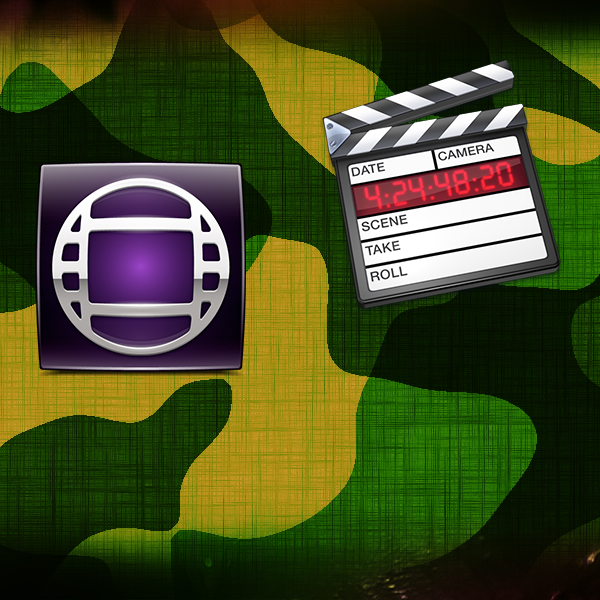
And each of them makes a different sound. Why does editing on the Moviola not have the slightest evaporation in 45 years, whereas editing on a digital platform that you are very familiar with start to evaporate if you are away from it for a few months? I think it’s because every skill in Moviola editing is a completely different set of physical muscular moves: splicing is different from rewinding is different from braking is different from threading up the Moviola, etc. So that’s an interesting neurological question. I have to ask my assistant questions similar to, “How do I tie my shoelaces?” Of course, it comes back – it takes about three or four days to get rid of the rust.

In those three months the muscle memory of my fingers has somewhat evaporated. Then three months later I get another job using the same Avid. Let’s say I’m cutting a film using Avid and finish the work. Interestingly, that’s very different from my experience with digital platforms. There was not the slightest hesitation about what any of this stuff was or how we made it work. Dan had not done anything on a Moviola since 1994. I hadn’t cut any dailies on a Moviola since 1977, 45 years ago. What was the experience like to go back in time, so to speak – working with a Moviola again? We continue that conversation here in Part 2. In that film he takes a look at some of the processes traditional film editors went through.

In Part 1 of my recent discussion with Oscar-winning editor Walter Murch, he explained about a documentary film with which he’s currently involved.


 0 kommentar(er)
0 kommentar(er)
